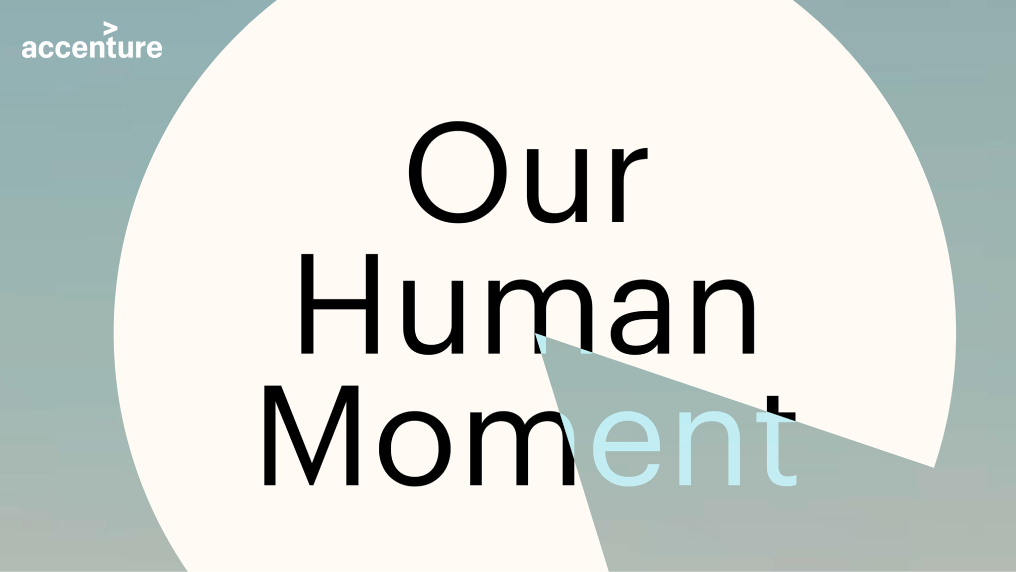The marketing playbook for a circular economy is designed to help marketers navigate the challenges and opportunities of shifting to a circular economy. The circular economy offers a wealth of opportunities to marketers to increase brand value, strengthen relationships with customers, and deliver on business goals.
How a shift to a circular economy helps marketers achieve their goals
Marketing leaders are under huge pressure to drive growth by increasing sales, margins, and market share. Historically, this has been a driving force behind the linear ‘take-make-waste’ economy. But that economic model is increasingly revealing its shortcomings, not just for the environment, but for society and business too.
The circular economycircular economyA systems solution framework that tackles global challenges like climate change, biodiversity loss, waste, and pollution. It is based on three principles, driven by design: eliminate waste and pollution, circulate products and materials (at their highest value), and regenerate nature., by contrast, is an opportunity to future-proof businesses, by increasing resilience, cutting costs, and reducing greenhouse gas emissions and impacts on biodiversity. Circular business models, like reusereuseThe repeated use of a product or component for its intended purpose without significant modification., repairrepairOperation by which a faulty or broken product or component is returned back to a usable state to fulfil its intended use., or resale, allow businesses to boost revenue without relying on the extraction of natural resources. This gives marketers the tools to strengthen their relationships with customers and increase brand value by offering new customer value propositions and driving greater customer loyalty.
The role of marketers in the circular economy transition
To shift the economy from linear to circular, it needs marketers to reach mass scale. Demonstrating the value to customers of a circular economy transition is essential, and marketers have the knowledge, skills, and creativity to do that.
In a circular economy, the role of marketing expands well beyond the point of sale. It is about fostering long-term, value-generating relationships with customers. This includes post-sale services that maintainmaintainKeep a product in its existing state of quality, functionally and/or cosmetically, to guard against failure or decline. It is a practice that retains the highest value of a product by extending its use period. product use, like repair or resale, and encouraging customers to keep products in use at the end of their use by passing it on, whether that is back to the business, onto a partner, or to a peer.
Marketers shape the aspirations and behaviours of millions of people around the world every day, and for years have successfully driven unprecedented demand for linear solutions. Imagine if we channelled this knowledge, expertise and creativity into driving circular solutions.
Jonathan Hall
Managing Partner, Kantar’s Sustainable Transformation PracticeTaking action
The playbook identifies four action pathways to enable marketers to seize circular economy opportunities:
The playbook
Written in partnership with marketing experts Kantar, the playbook shows the circular economy offers a wealth of opportunities and explains how marketers can seize them. Drawing on the first-hand knowledge of businesses in our Network, it demonstrates that marketers can deliver both economic and environmental benefits to their businesses, customers, and society, by supporting the shift to a circular economy.
A circular economy is about giving people better choices. But for these products and services to become the norm they need to be irresistible. Marketers need to celebrate the benefits of these new offers and not rely on people ‘doing the right thing’. Cracking this will open up a world of opportunity.
Joe Murphy
Executive Lead, Ellen MacArthur Foundation





